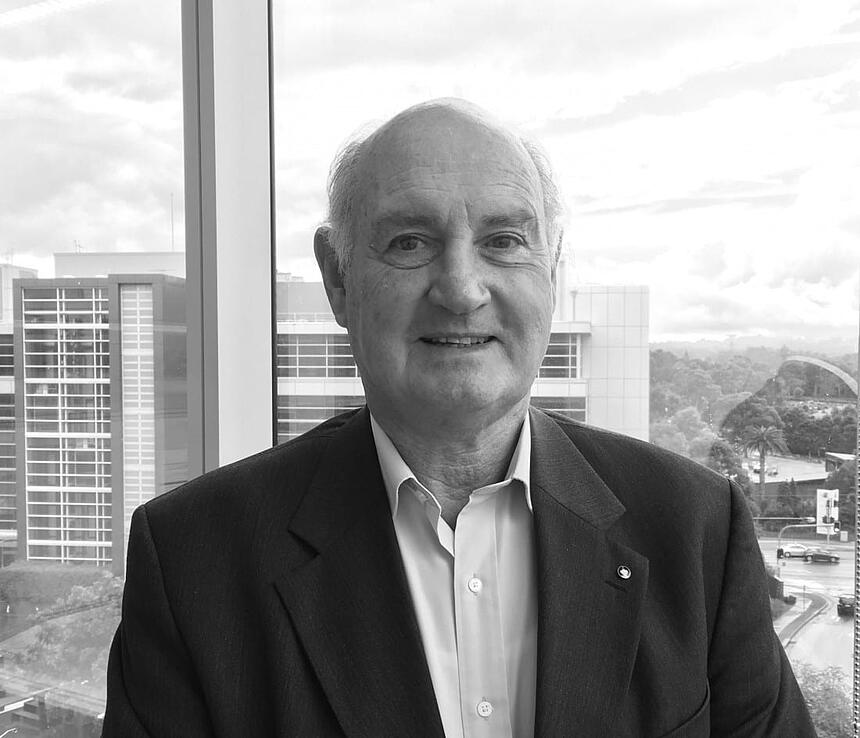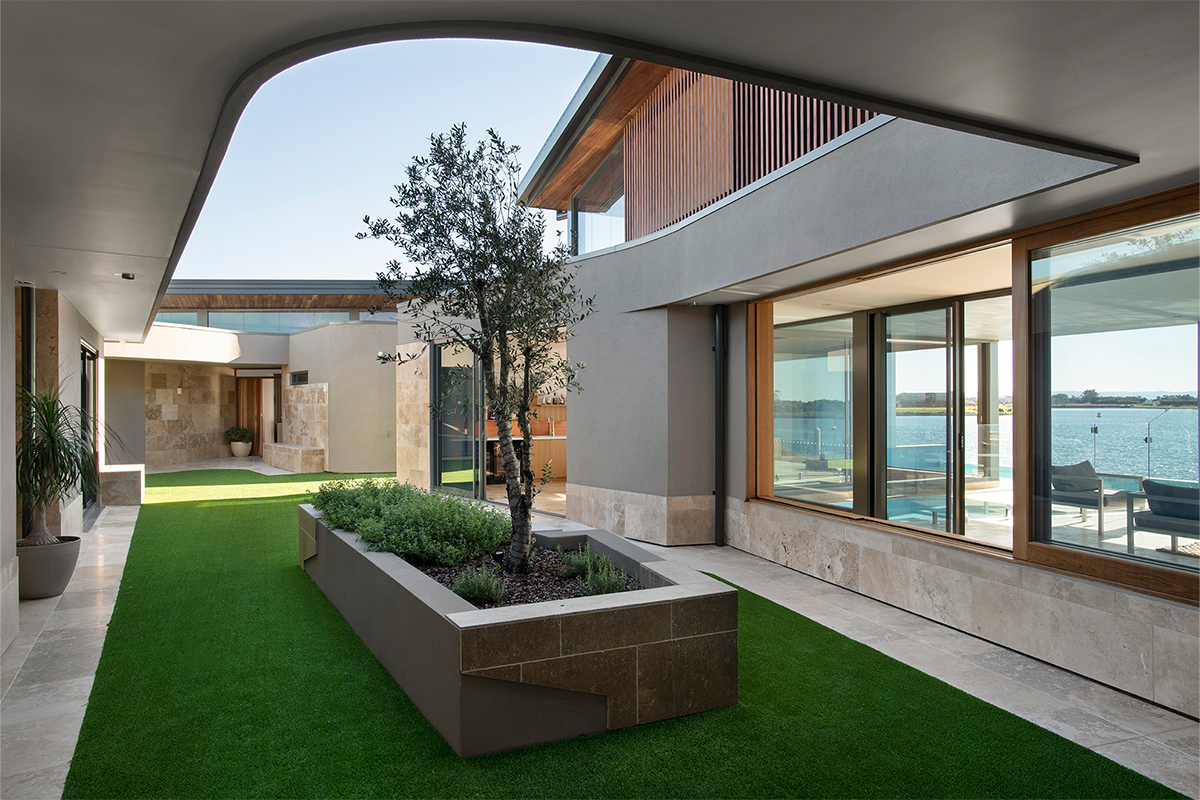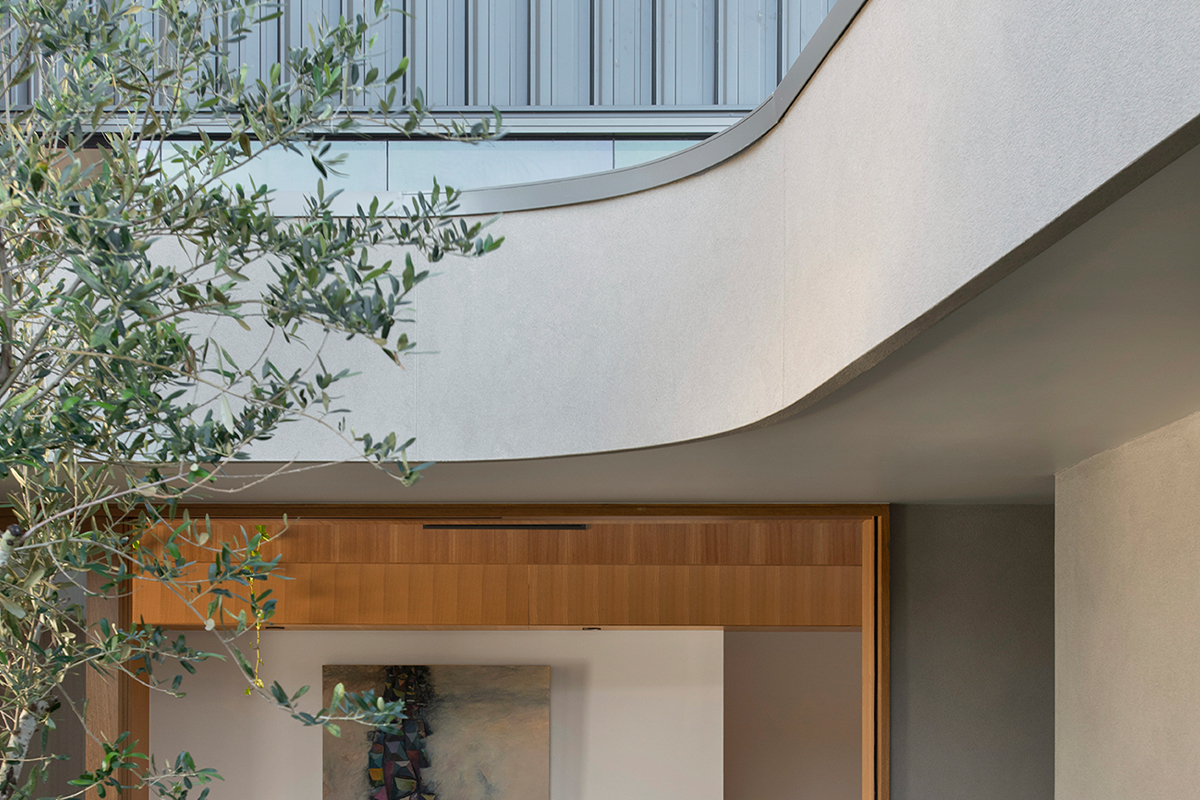
Bill Ryan recalls the 25-year journey that led to the issuing of reinforced AAC standards
“It has been an unbelievable journey.”
In those few words, Bill Ryan sums up the story that began almost a quarter of a century ago, culminating recently in the approval and publication of an Australian Standard for reinforced autoclaved aerated concrete.
“It’s amazing. I never thought we’d actually get there. I almost gave up,” said Bill, an independent consulting engineer, who has been with the project from its beginning.
Reinforced AAC Standards (AS 5146 Parts 1-3) were approved and published on behalf of Standards Australia on 21 December 2015.
“From an engineering point of view, the document is absolutely necessary,” said Bill. “One of the reasons why I’ve been pushing for it for so long is because, as an engineer, I find it very difficult to use a product that doesn’t have rules, regulations and design procedures.”
Bill has been associated with the project from the first meeting of the Autoclaved Aerated Concrete Manufacturers Association Inc. (AACMA) in Sydney on 5 March 1992. In attendance were representatives of CSR Hebel, Boral Ytong and Atlas Lightweight Concrete, the supplier of Thermalite.
“This association provided a forum for the discussion of the use of AAC, its inclusion in existing Australian Standards and liaison with other industry groups,” explained Bill, who was the Executive Officer of the AACMA. The association wound up after Boral decided to cease producing AAC at its Ingleburn factory.
In late 2012, Tony Yap of CSR Hebel approached Bill with a proposal to develop an Australian Standard for reinforced AAC which CSR would sponsor. “Following lengthy negotiations with Eurostandards and Standards Australia we decided to modify the Eurostandard for reinforced AAC and to incorporate the testing standards as appendices to the new Standard,” said Bill. “This would keep the costs of the new Standard down and provide a high degree of quality control of the product in the Standard.”
The first meeting of BD-106, the Standards Australia code committee for AS 5146, was held on 27 March 2014. “Most of those who attended the meeting did not know how long it had taken to get to this phase of the project,” recalled Bill. “And none of them knew the obstacles still to be overcome until the Standard would be issued in December 2015.”
Three part guide to AAC use
AS 5146 consist of three parts which will help guide the use of autoclaved aerated concrete in Australia.
“It became evident from working with the ABCB that the Standard would need three parts,” said Bill. Part 1 (Structures) defines the loading factors and material properties. Part 2 (Design) defines the methods for determining the characteristic properties of the reinforced AAC and Part 3 (Construction) sets out the requirements for construction and includes drawings of typical construction details.
“All three parts are complete, but there is still a lot of work that can be done to make it better,” said Bill. “We’ve broken the dam and the water’s flowing, but development will be ongoing. With a Standard out, I think more manufacturers will come into the marketplace and this will create competition, which in turn will grow the market.
“Now that the Standard has been issued, we also need to organise presentations about it to engineers and architects. It’s all well and good to have a document out there but you then have to get people to read it and use it, and we want to help with that process. ”
Subscribe to Hebel Matters.
To stay up to date with the latest Hebel news, articles and feature projects, enter your email to sign up to our monthly e-newsletter.
Subscribe

